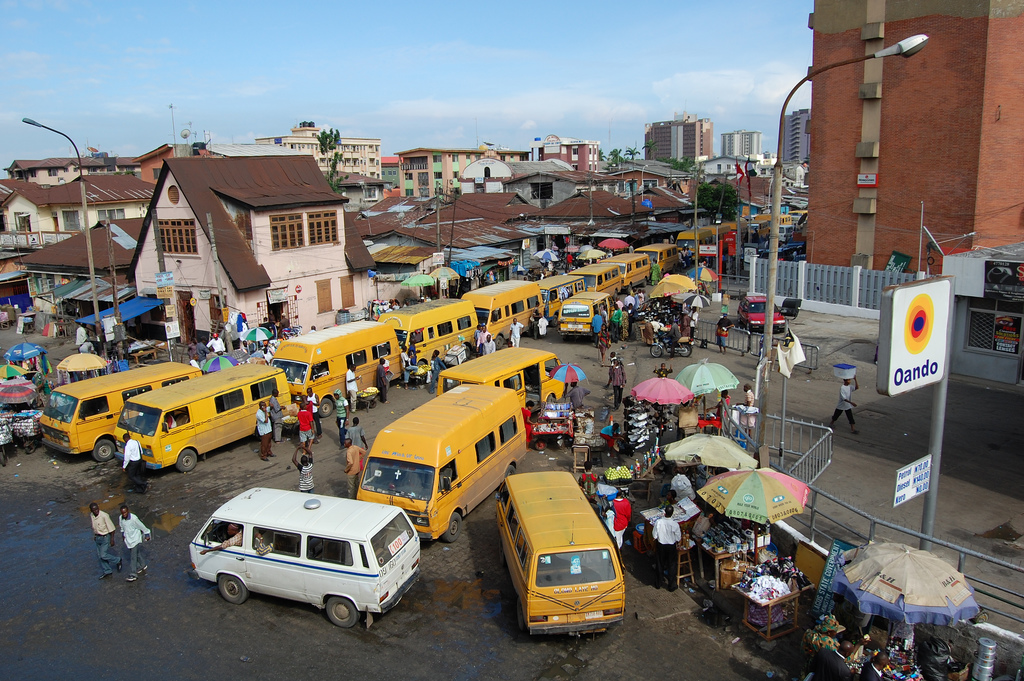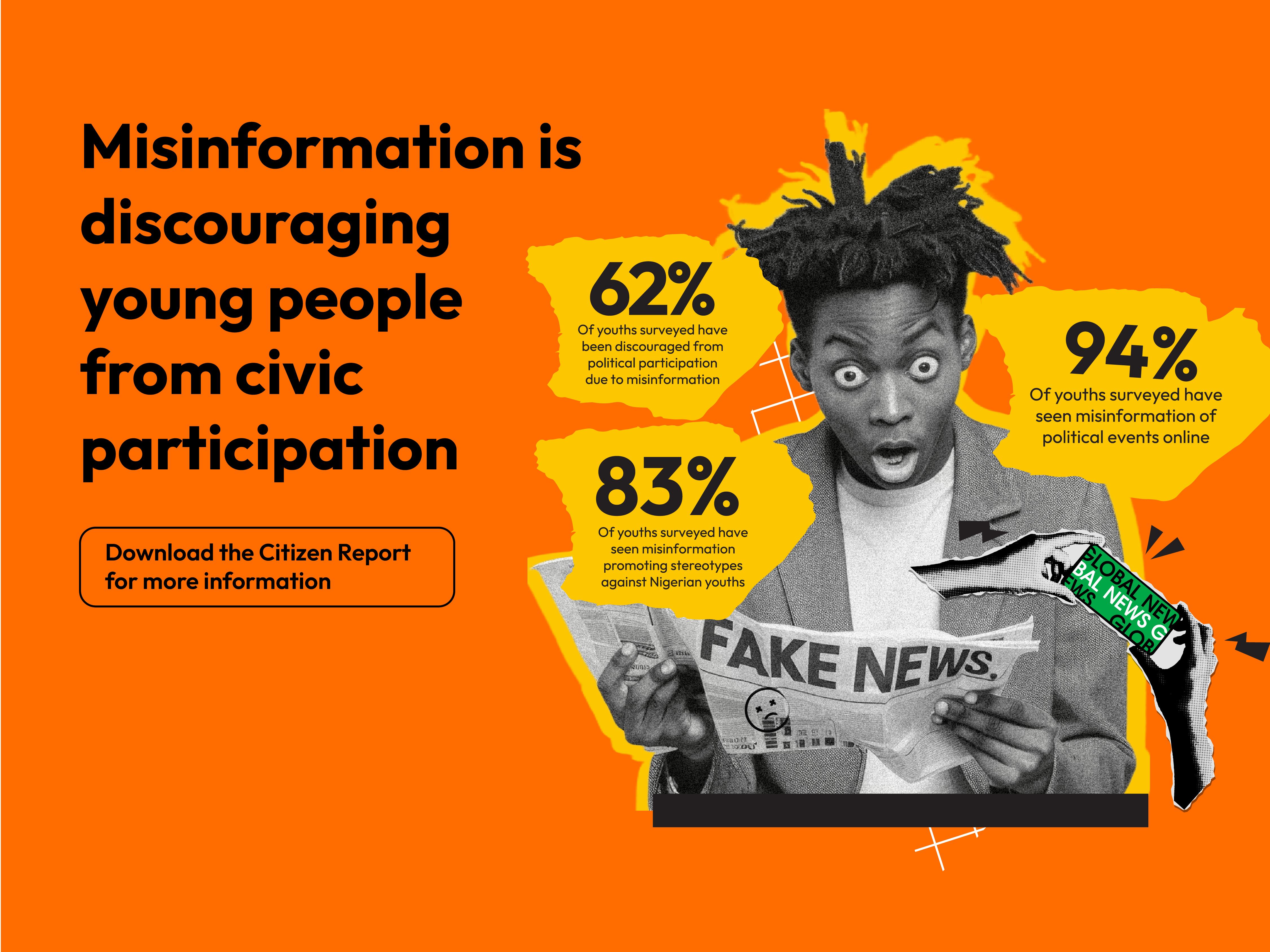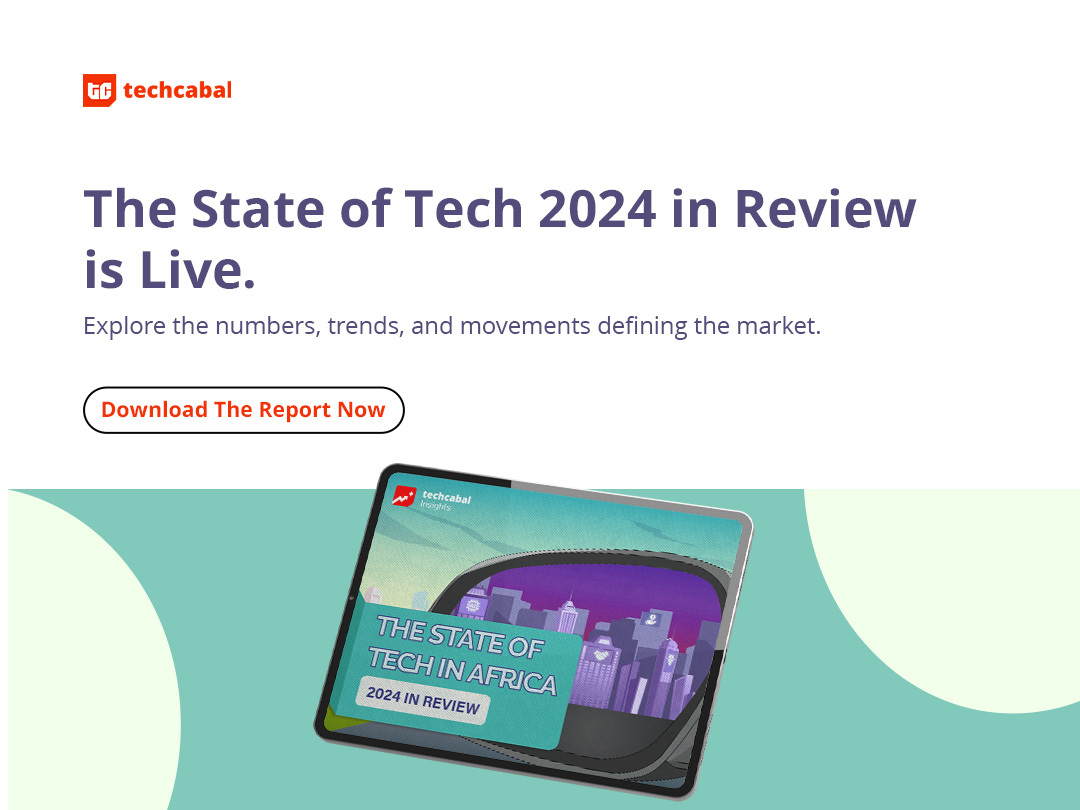Like millions of Lagosians, Samson endures the frustrating daily struggle of commuting in one of the city’s 75,000 rickety yellow buses, known as Danfos. But unlike other Lagosians, he decided to tackle one part of the problem—digitising payments in Nigeria’s informal transport sector—after a dispute with a bus conductor over change.
Globally, removing cash from public transport has led to significant benefits—notably, reduced dwell time and improved data collection. In Lagos, the government’s decision to make the government-backed blue buses accept cashless payments improved the commuting experience for many Lagosians.
Several Lagosians told me that they prefer BRTs not only because they are more comfortable but also because paying with the Cowry contactless card is a superior experience to paying cash with Danfos.
Capturing even a fraction of the Danfo transactions digitally could improve how Lagosians commute, give the government more visibility into transportation, which will lead to better planning, and accelerate Nigeria’s transition to a cashless economy.
Lagos sees an estimated 14 million motorised trips every working day, according to government estimates. About 69% of these trips are in Danfo buses, which serve over 17 million residents and still rely almost entirely on cash for fare payments.
Assuming an average fare of ₦300 and 8 million daily danfo trips, public transport in Lagos likely generates over ₦2.4 billion ($1.5 million) in daily revenue—roughly $375 million annually. While this represents the total market size, a startup willing to digitise payments for Danfos can expect to capture a large share of the market in five years, given that it took Tap and Go, a Rwanda-based startup that introduced cashless fare collection in Africa, three years to fully digitise public bus payments in Kigali.
But making this a reality is far from straightforward, as disrupting a decades-old cash-based transport culture at scale means convincing an ecosystem of vehicle owners, unions, conductors, drivers, and passengers with different interests to adopt new technology.
Next Wave continues after this ad.
How would it work?
Touch and Pay (TAP), a YC-backed startup, has digitised payments for government-backed public means of transport in Lagos but it could only achieve this because the BRTs are centrally owned or managed, allowing the startup to easily install its hardware for contactless payments and easy management. Its payment product processed over ₦20 billion in 2024.
Contactless smart cards used by BRTs are ideal for passengers as they allow multiple people to pay for fares instantly before the ride begins. Tap and Go also uses this payment system.
However, installing a physical device on buses is more challenging with danfos, which are fragmented and individually owned. Some drivers also take shifts and must pay bus owners a daily rental fee. With many danfos running multiple shifts per day under different drivers, there might be no sense of ownership and poor maintenance of the devices if they are attached to the bus.
There is also the risk of theft. Three drivers told me passengers and thugs might steal the device from the bus when left unattended.
Two approaches might work for contactless payments to scale with Danfos. The first would be to do what Samson did and use a system using printed cards with barcode scanners. Each bus has a barcode sticker; passengers would scan the barcode, enter the fare amount, and pay directly from their digital wallets. The driver receives instant SMS alerts confirming payments.
Another approach that might work is introducing a hand-held device that each driver owns. This ensures drivers can access their earnings anytime and easily switch between buses or shifts while continuing to earn. The device must instantly transfer fares collected to the driver, not the bus owner, as the driver covers union tickets, fuel and minor maintenance issues. Drivers also receive instant alerts confirming payments.
The second approach is more expensive, but it also locks in the drivers. The device must be rugged, affordable, and reliable in areas with poor network coverage. Manufacturing custom devices would likely require outsourcing and significant upfront capital. The drivers can finance the device through a hire-purchase agreement. The startup might also need to partner with an insurance company to provide device coverage and maintenance.
Both approaches must include a USSD-based solution, as the cashless system will lock out low-income earners who use basic feature phones. Even for passengers or bus drivers that use smartphones; the cost of data might be a barrier, but with USSD, payments become equitable. Deposits can be held on a digital wallet that can be accessed with USSD.
Next Wave continues after this ad.
How will the business make money?
The most reliable revenue stream is a small fee per digital transaction, either a flat rate or a percentage of the fare. TAP, for instance, charges a 5-10% commission depending on the city. An initial subsidised approach might be the best way to introduce cashless payments before reverting to actual price when the startup scales up.
The startup can also make money from selling the devices to drivers with installment payments and selling contactless smartcards to passengers. However, the margin on this revenue source should be less than fare commissions, as the devices and cards have to be cheap enough to attract drivers and passengers. Ideally, the cost should only help offset the cost of manufacturing and distribution. The startup can also offer micro-loans for vehicle repairs, significantly boosting adoption.
An additional revenue source can be the monetisation of data. Digital payments generate valuable insights—trip frequency, passenger demographics, financial information and route popularity. Governments might pay for this data to support city planning, or concessions could secure the startup’s collaboration with authorities. Financial institutions could also buy driver financial data to offer tailored microloans, insurance, or savings products.
Next Wave continues after this ad.
Inside the technology stack
The technology powering contactless payments has to be simple for passengers and drivers to understand but also sophisticated enough to power millions of daily transactions. The startup must create software that can process online and offline payments while seamlessly managing high transaction volumes.
The drivers would also need to access an interface on the device that tracks their income, allows them to view daily settlements, and potentially access microloans or insurance products. The device must also be able to store transactions locally if the bus is out of network range and synchronise data when it reconnects to the internet.
If the startup can successfully secure partnerships with banks and financial institutions, it must integrate with the bank’s software. Government agencies would also need dashboards that provide near real-time data on passenger volume and revenue.
How to ensure widespread adoption
The most important part of ensuring adoption is ensuring that unions, bus owners, drivers, passengers, and the government are on board. Everyone involved must see the tangible benefits of moving to cashless transportation before even considering adopting the technology.
Launching the contactless payment system on a single route would be the ideal way to introduce the technology to Danfos. This would allow any issues to be resolved before expanding to other routes. The startup might also offer discounts and loyalty reward programs to ensure early adoption from drivers and passengers.
The startup would also require an agent network for passengers to top up cards and drivers to withdraw cash. Fortunately, Nigeria’s existing network of over 1.5 million banking agents provides a ready foundation. The challenge here lies in creating the right incentives to onboard these agents.
After securing enrolment for bus drivers, public awareness campaigns and investment in training for bus conductors, as well as kiosk agents to guide riders, would be required until the process of tapping and reloading became second nature for daily commuters.
But, the simplest path to adoption is securing government backing, given how pivotal transportation is to the economy. In Kigali, the government mandated that bus operators accept only Tap and Go, allowing the startup to quickly find scale and remove cash reliance. Touch and Pay has also credited its partnership with the Lagos state government for driving adoption of its cards on the city’s BRT network.
Challenges on the ground
Trust is the biggest hurdle—convincing bus drivers to move from traditional daily cash contributions to digital wallets will be difficult. Drivers trust cash because it is tangible. To build trust, the startup can establish community centres at bus parks staffed by agents who assist with transactions and provide instant access to cash withdrawals.
Another major challenge will be low digital literacy, as most drivers and passengers use basic feature phones. However, the USSD approach can solve this problem.
Another significant challenge for any startup digitising payments would be the ‘agberos’ of the National Union of Road Transport Workers (NURTW), an independent union that oversees all danfo bus drivers, commercial motorcycle drivers, and tricycle drivers that collects daily fees from drivers. The union heavily benefits from cash transactions, making digitisation a potential threat.
A danfo driver from Ojuelegba to Kilo (a 3.6-kilometre distance) pays ₦2,700 ($1.76) daily and one passenger’s fare for every trip to the union. To avoid clashes with the union, the startup can choose a bottom-up approach, collaborating directly with local park chairmen rather than top-level union leadership. By creating partnerships at the park level, potential conflicts are mitigated, but ultimately, success with unions depends heavily on cultivating relationships with key stakeholders.
Digitising payments for transportation is more than just technology—it impacts financial inclusion as transportation is one of the largest cash-dependent sectors. The ripple effect can drive financial inclusion across other sectors and create a digital payment ecosystem and a footprint for transactions.
Next Wave ends after this ad.
Muktar Oladunmade
Associate Reporter, TechCabal
Thank you for reading this far. Feel free to email muktar[at]bigcabal.com, with your thoughts about this edition of NextWave. Or just click reply to share your thoughts and feedback.
We’d love to hear from you
Psst! Down here!
Thanks for reading today’s Next Wave. Please share. Or subscribe if someone shared it to you here for free to get fresh perspectives on the progress of digital innovation in Africa every Sunday.
As always feel free to email a reply or response to this essay. I enjoy reading those emails a lot.
TC Daily newsletter is out daily (Mon – Fri) brief of all the technology and business stories you need to know. Get it in your inbox each weekday at 7 AM (WAT).
Follow TechCabal on Twitter, Instagram, Facebook, and LinkedIn to stay engaged in our real-time conversations on tech and innovation in Africa.
Crédito: Link de origem





